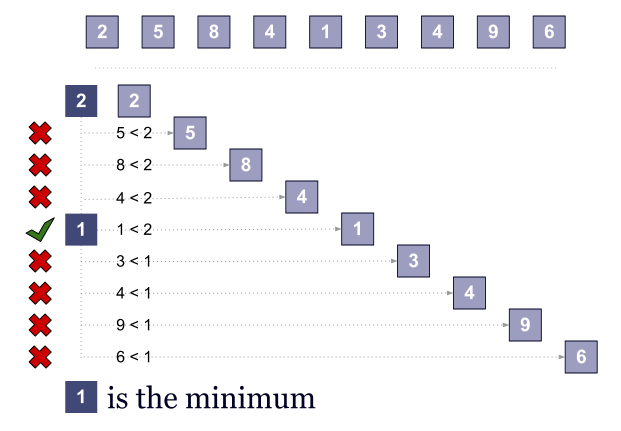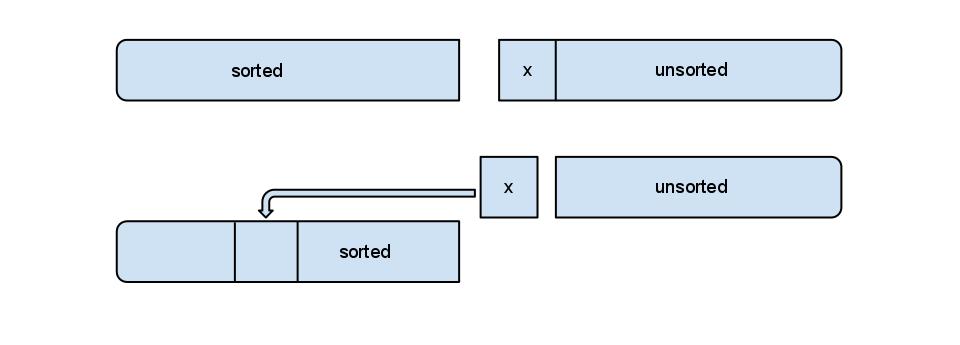Overview
Relative encoding is another data compression algorithm. While run-length encoding, bitmap encoding and diagram and pattern substitution were trying to reduce repeating data, with relative encoding the goal is a bit different. Indeed run-length encoding was searching for long runs of repeating elements, while pattern substitution and bitmap encoding were trying to “map” where the repetitions happen to occur.
The only problem with these algorithms is that not always the input stream of data is constructed out of repeating elements. It is clear that if the input stream contains many repeating elements there must be some way of reducing them. However that doesn’t mean that we cannot compress data if there are no repetitions. It all depends on the data. Let’s say we have the following stream to compress.
We can hardly imagine how this stream of data can be compressed. The same problem may occur when trying to compress the alphabet. Indeed the alphabet letters the very base of the words so it is the minimal part for word construction and it’s hard to compress them.
Fortunately this isn’t true always. An algorithm that tryies to deal with non repeating data is relative encoding. Let’s see the following input stream – years from a given decade (the 90’s).
1991,1991,1999,1998,1991,1993,1992,1992 |
1991,1991,1999,1998,1991,1993,1992,1992
Here we have 39 characters and we can reduce them. A natural approach is to remove the leading “19” as we humans often do.
Now we have a shorter string, but we can go even further with keeping only the first year. All other years will as relative to this year.
Now the volume of transferred data is reduced a lot (from 39 to 16 – more than 50%). However there are some questions we need to answer first, because the stream wont be always formatted in such pretty way. How about the next character stream?
91,94,95,95,98,100,101,102,105,110 |
91,94,95,95,98,100,101,102,105,110
We see that the value 100 is somehow in the middle of the interval and it is handy to use it as a base value for the relative encoding. Thus the stream above will become:
-9,-6,-5,-5,-2,100,1,2,5,10 |
-9,-6,-5,-5,-2,100,1,2,5,10
The problem is that we can’t decide which value will be the base value so easily. What if the data was dispersed in a different way.
96,97,98,99,100,101,102,103,999,1000,1001,1002 |
96,97,98,99,100,101,102,103,999,1000,1001,1002
Now the value of “100” isn’t useful, because compressing the stream will get something like this:
-4,-3,-2,-1,100,1,2,3,899,900,901,902 |
-4,-3,-2,-1,100,1,2,3,899,900,901,902
To group the relative values around “some” base values will be far more handy.
(-4,-3,-2,-1,100,1,2,3)(-1,1000,1,2) |
(-4,-3,-2,-1,100,1,2,3)(-1,1000,1,2)
However to decide which value will be the base value isn’t that easy. Also the encoding format is not so trivial. In the other hand this type of encoding can be useful in som specific cases as we can see bellow.
Continue reading Computer Algorithms: Data Compression with Relative Encoding →

